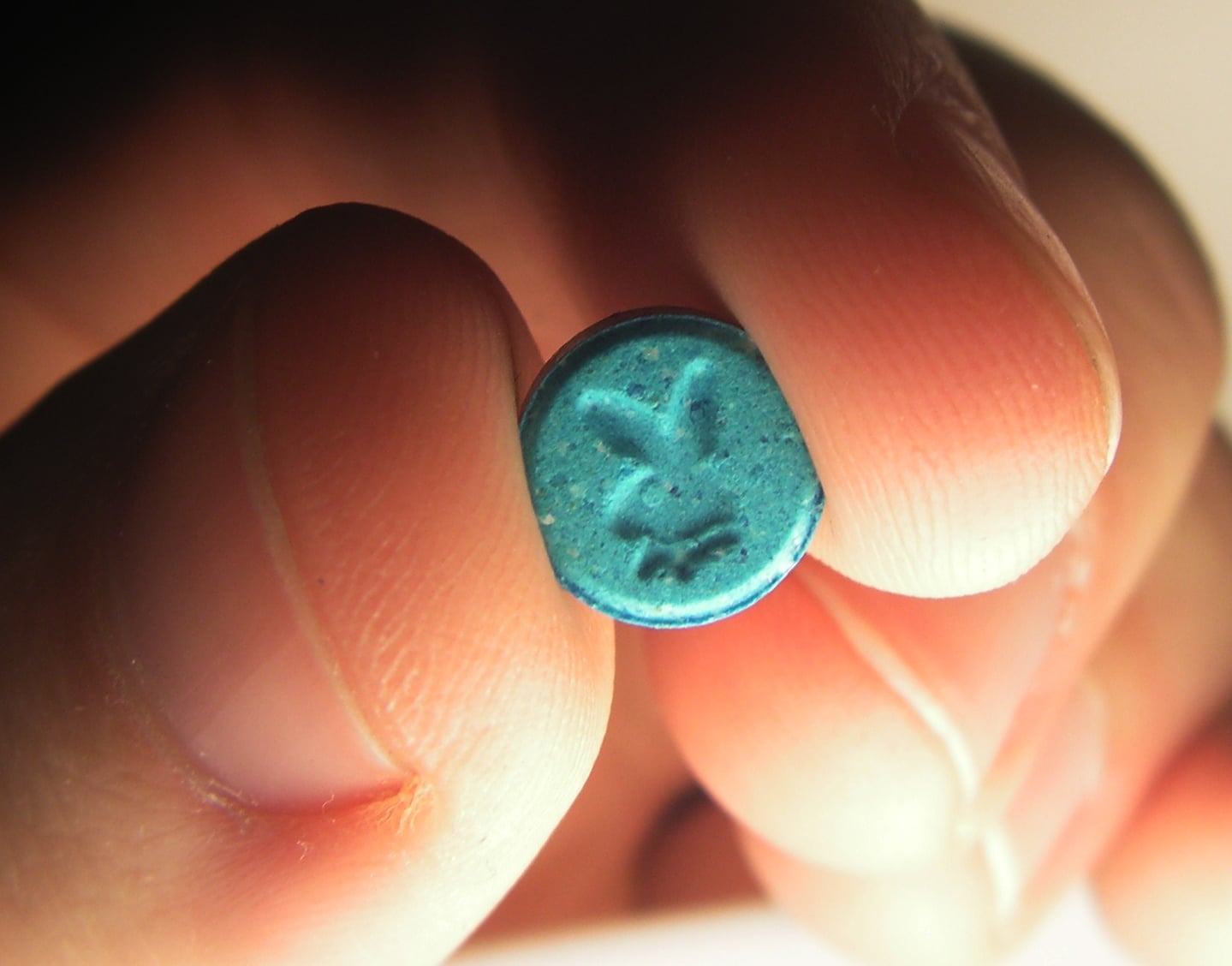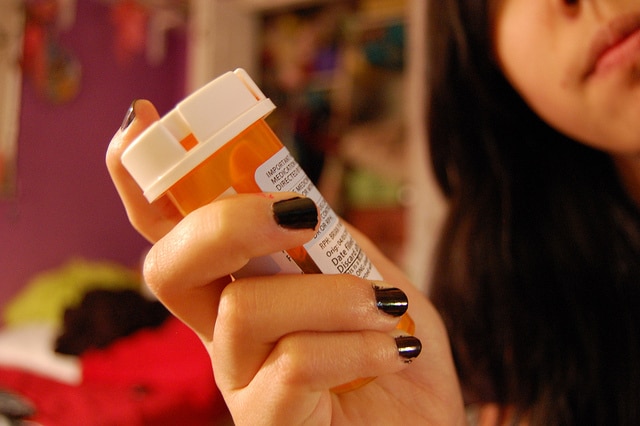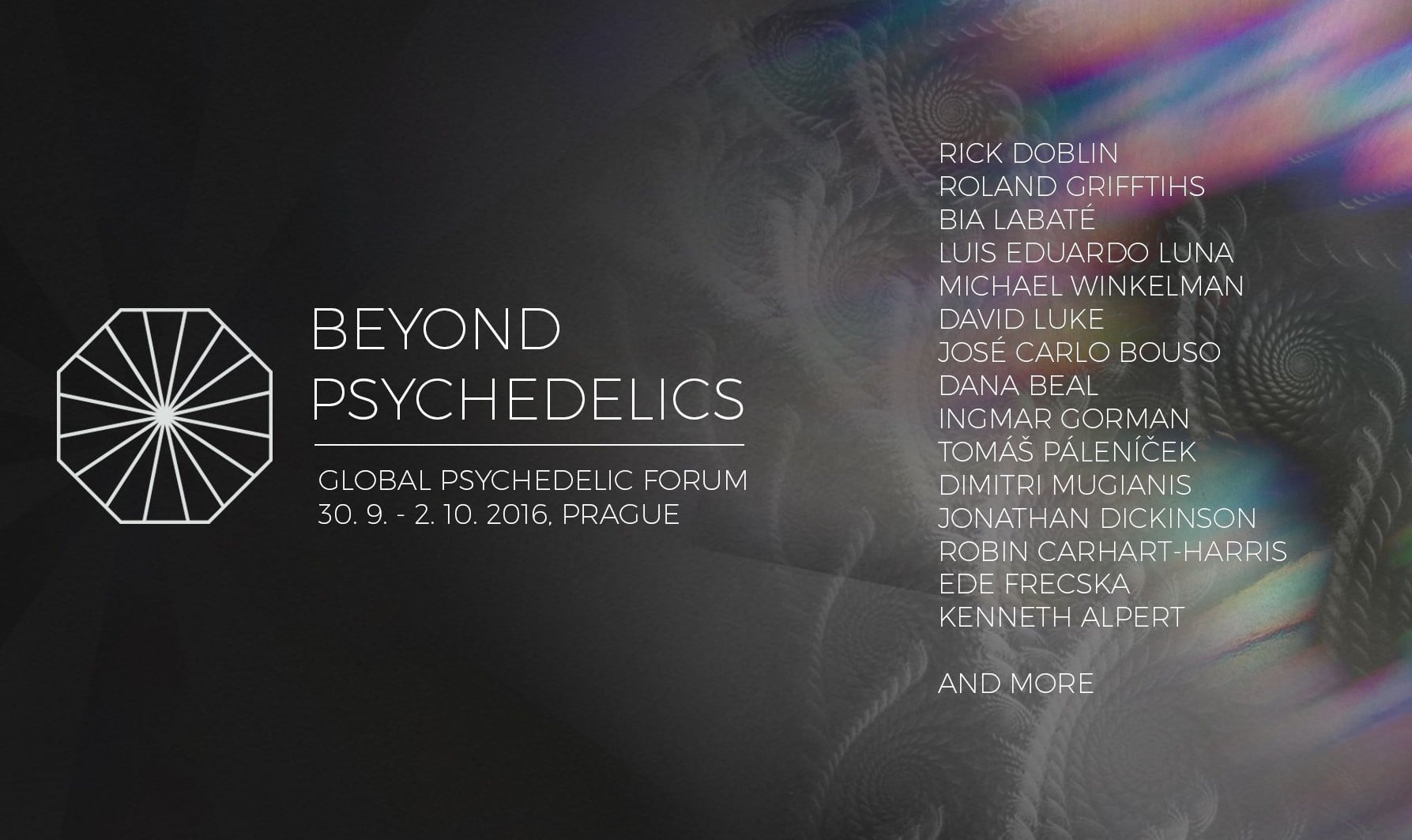
Street ecstasy is often a different substance than the MDMA used in psychedelic therapy. Image Source: Wikimedia user Psychonaught.
The media currently seems to be filled with two types of stories about ecstasy. In some stories, ecstasy is described as a seductive drug that captivates youth dance culture and seduces innocent young people into dangerous situations. These stories tell about unaware party-goers who purchase illegal substances, hoping to obtain “ecstasy,” and end up slipping into comas, being assaulted, and sometimes dying. The other type of story claims that ecstasy is now being used in various forms of therapy and is the biggest modern breakthrough in PTSD or anxiety treatment. It can be difficult to make sense of these two stories when they are read side by side. You will likely wonder how a substance that has been so unreliable in the club scene could possibly be safe and effective in a therapeutic setting.
The short answer is that it isn’t. Ecstasy is a common street name for MDMA (3,4-methylenedioxymethamphetamine), but ecstasy is not regulated and comes with a complex history that paints it as exciting, dangerous, and unpredictable. On the other hand, MDMA is the scientific name for a specific substance that is currently being thoroughly researched for effective uses and safety. Often, psychedelic therapy resources use the more well-known name of ecstasy as opposed to the formal name of MDMA when referring to the therapeutic substance. This both makes the substance more familiar and adds a bit of intrigue and scandal to news articles. However, equating therapeutic MDMA to street ecstasy can harm the future of psychedelic therapy by associating it with risky, dangerous behaviors and impure substances.
Ecstasy Is Not Always MDMA
Ecstasy is supposed to be the street name for MDMA, but in reality, a wide range of substances are often sold under the name of ecstasy. Often when purchased in powder or crystal form, MDEA and MDA— close relatives of MDMA— are sold as ecstasy. These substances give a similar physical high as MDMA but lack the empathic, emotional properties that MDMA provokes in most people.
Pressed pills can contain an even wider range of ingredients, from fairly innocuous substances such as caffeine to amphetamine or oxycodone. A recent trend, especially in Europe, has been an increase in pills containing PMA (Paramethoxyamphetamine). PMA tends to be toxic at a lower dose than MDMA and can cause negative reactions such as high body temperature, rapid heart rate, difficulties breathing, and convulsions. This can make people who believe that all ecstasy is MDMA think that MDMA is more dangerous than it actually is.
Because ecstasy is an illegal substance, its manufacture and distribution are not regulated. This means that when people purchase ecstasy, they take a chance and hope that they are getting pure MDMA or at least a substance that is mostly MDMA. In recent years, test kits have been made available to help determine the purity of various club drugs such as ecstasy. While these may help decrease the number of fake pills, they are not always accurate and can lead to users having a false sense of security in the pills they are taking. Alternatively, the MDMA used in clinical trials and proposed for therapeutic use is pure, controlled MDMA. Researchers purchase MDMA from pharmaceutical companies that follow strict Good Manufacturing Practices (GMP), documenting the manufacture of the substance and ensuring its purity. Because of this, MDMA used in clinical trials can be—and should be—referred to as MDMA as opposed to ecstasy.
Ecstasy Is Often Sold In Unknown Strengths
Another issue with street ecstasy as opposed to controlled MDMA is that the quantity of the active MDMA in a pill may be impossible to tell before you take it. Pressed pills that contain MDMA also contain other powders and chemicals to bind the MDMA into pill form, so it is difficult to determine the exact dose within the pill. An average sized person usually takes a 75-125 mg dose to feel the desired effects of MDMA. However, pills in Europe have been found to contain as much as 278 mg of MDMA, more than twice the standard dose. This can lead to people thinking that MDMA is an unpredictable substance that would be difficult to use in a managed, therapeutic setting. While this may be true of ecstasy, it is not true of GMP MDMA.
Researchers and therapists carefully control the dosage of MDMA in clinical trials, generally using pure powder put into gel-caps as opposed to pressed pills. This allows therapists to take into consideration the weight, experience level, and even the sex of their patient to ensure a safe yet effective dose of MDMA.
Different Usage Goals
Ecstasy has several other street names including the shape of the pill it is sold in— usually a fun, whimsical design—the love drug, rolls, lover’s speed, and the hug drug. Each of these names tends to focus on the reason why someone would take ecstasy in a party setting. Mixed with loud, fast music, physical enhancements such as “light shows,” or “cuddle puddles,” ecstasy is used to obtain, quite simply, a hedonistic, physical state of ecstasy. With names like this, it can be difficult for people to see how ecstasy could be used to produce a reflective, open, honest state that makes psychedelic therapy more effective. If anything, these names imply that the substance may trick users into feeling things they do not feel or may distract patients from their therapy session.
The name MDMA, on the other hand, is a neutral, scientific name that describes the substance without implying its end usage. This allows therapists and patients to set up expectations for their MDMA-assisted therapy together and utilize the substance in a wide variety of ways. It may be used in small doses to help increase feelings of trust and decrease anxiety during therapy, or it may be used in higher doses to help patients rediscover physical expressions of pleasure during depression. The neutral name puts the focus on the therapy the MDMA is used in rather than on the substance itself.
Ecstasy Has a Harmful Reputation Regarding Safety
Perhaps the biggest reason to not call therapeutic MDMA ecstasy is that ecstasy tends to have a bad reputation. While it may be popular among psychonauts and partygoers, many articles that the general population are exposed to focus on the negative dangers of ecstasy. These articles paint a grim picture of a substance that results in sexual assault, hospitalization, and even death, so it is not surprising that many people with no experience with ecstasy would assume it is a highly dangerous drug. In fact, MDMA does have certain physical and psychological risks when it is taken, which is why it should only be used in a controlled, therapeutic environment. But these articles rarely include the nuances mentioned above or focus on the fact that this is a substance with no regulation that is taken in situations that are often already high-risk for negative outcomes. When these articles equate ecstasy with MDMA— which may or may not have been the actual substance taken—MDMA also gets a bad reputation as a highly dangerous and unpredictable drug.
What people need to realize is that the opposite holds true, too. When therapy-focused articles or speeches refer to MDMA as ecstasy, they are invoking many negative stereotypes and assumptions that are associated with ecstasy. While it makes sense to want to refer to the substance in a familiar way that people will recognize, this can end up doing more harm than good for the psychedelic therapy community. It is a better idea to consistently refer to MDMA by its proper, scientific name rather than continue to strengthen the association with street ecstasy. This will allow people the chance to evaluate MDMA as a therapeutic substance without the negative associations they may already have with ecstasy. While, in theory, MDMA and ecstasy are the same substance, ecstasy has a complex, murky history and a lack of regulation that makes it a risky substance to take. MDMA, however, has a promising future as a powerful and controllable tool in the field of psychedelic therapy.










